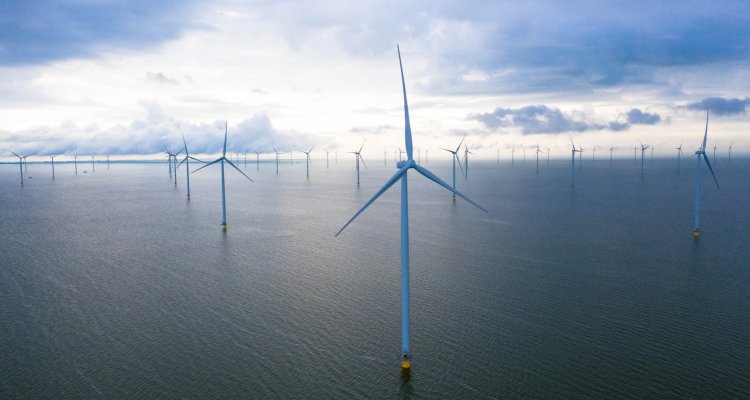
Project
Modelling foraging movement patterns and predicting effects of habitat loss
Offshore wind farm development can result in a loss of foraging area for seabird species that tend to avoid offshore wind farms (OWFs). In this project the researchers develop a dynamic state variable model that can be used to quantify the effect of habitat loss on the winter survival of seabirds.
The effect of habitat loss on individual survival will depend on the specific movement and foraging strategies of the species in question, including the extent to which OWFs are avoided. Avoidance rates are notoriously difficult to estimate, and most avoidance rates are presented as a single percentage per species. Likely, avoidance of OWFs is dependent on multiple factors, such as the state of an individual animal (for example, its energy reserves), the potential food availability within the OWF and local weather conditions.
A dynamic state variable model consists of a set of individual and environmental state variables, a specification of the dynamics of those state variables and a fitness function, which specifies how ‘fitness’ varies with the state of an individual. Often, a fitness proxy is used, such as lifetime reproductive success. Individual survival might be used as a fitness measure for models that do not consider the reproductive period.
In addition, there should be a number of behavioural or physiological decisions that involve a trade-off. Stochastic dynamic programming can then be used to derive the decisions that maximise fitness and how those decisions depend on the individual's state and the environment (including time).
In this project the researchers develop a dynamic state variable model that can be used to quantify the effect of habitat loss on the winter survival of seabirds. In addition, this model might be used to study the relationship between OWF avoidance, individual state and realised mortality risk of collisions with wind turbines.
Progress (September 2023)
Researchers have created a model to calculate the optimum fitness of specific movement strategies outside the gannet breeding season. The next step is to use this model for simulations that include the presence of wind farms.